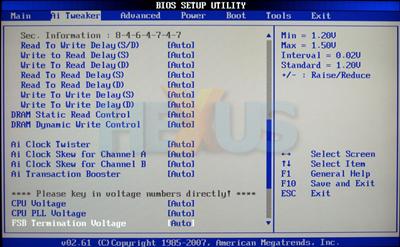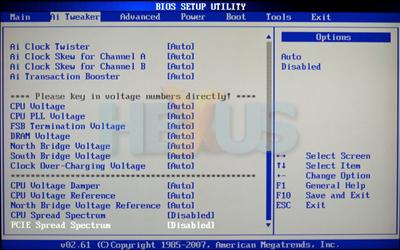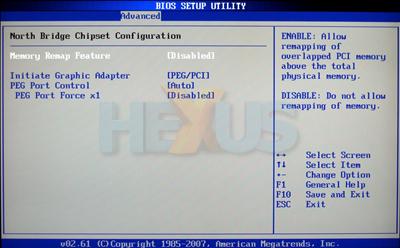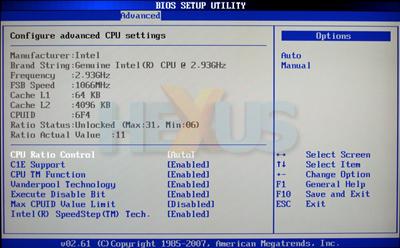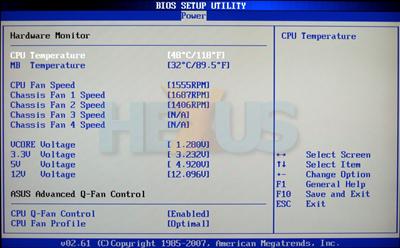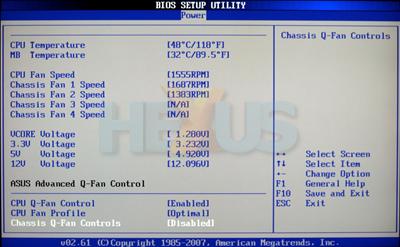BIOS
| Item | Specifications |
|---|---|
| CPU FSB | 200-800MHz (1MHz increments) |
| CPU multiplier | CPU Min. (6x) – 31x (1x increments) |
| Clock overcharging mode | +700/800/900/1000mV |
| PCI-E clock | 100-150MHz (1MHz increments) |
| Memory clock | 533/639/667/709/800/852/887/1067 MHz (1066FSB setting) 667/800/835/887/1002/1066/1111/1333 MHz (1333FSB setting) |
| CPU voltage | 0.85000-1.7000V (0.00625V increments) |
| CPU voltage reference | 0.57/0.59/0.61/0.63x |
| CPU PLL voltage | 1.50-2.78V (0.02V increments) |
| Memory VDIMM | 1.50-2.78V (0.02V increments) |
| Northbridge voltage | 1.25-1.91V (0.02v increments) |
| Northbridge reference voltage | 0.61/0.67x |
| Southbridge voltage | 1.05/1.20V |
| FSB termination voltage | 1.20-1.50V (0.02V increments) |
Discussion
An impressive range of BIOS adjustments that are squarely aimed at the enthusiast. We'd caution against anyone putting 2.78V through DDR3, no matter how good the cooling, and the maximum CPU voltage will see your shiny LGA775 processor fry within seconds.The X38 chipset offers some performance tweaking over and above the P35, but memory ratios are still dictated by the CPU's FSB. The 1:1 setting is such that you would need an 1800MHz+ FSB to run the latest dual-channel DDR3 memory up to specification, albeit with twice the bandwidth available to the processor via the FSB.







